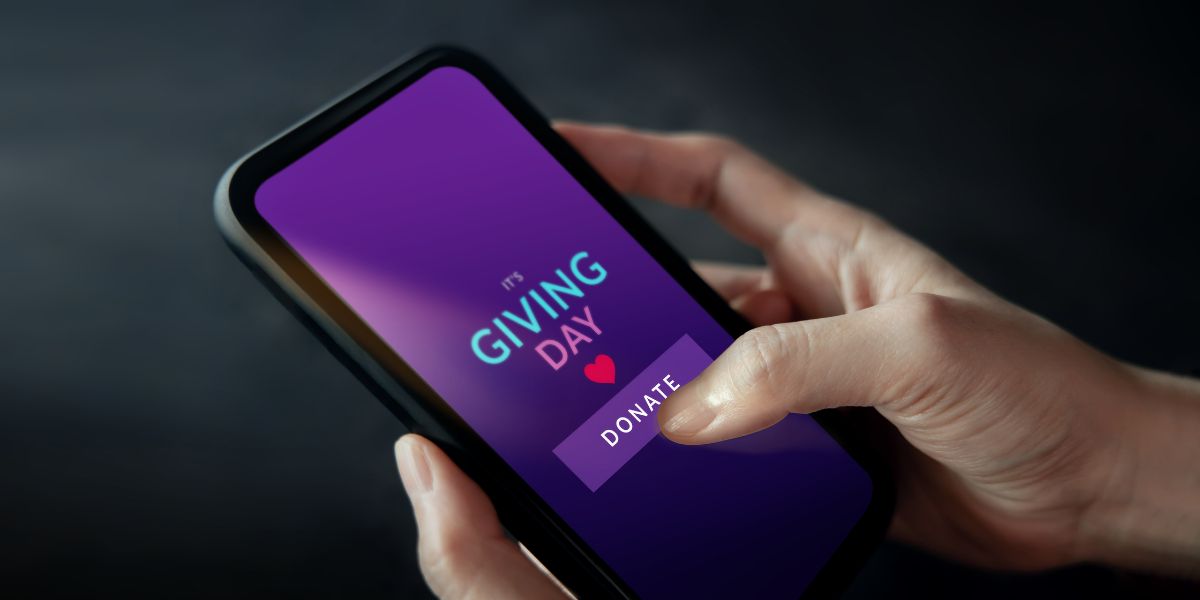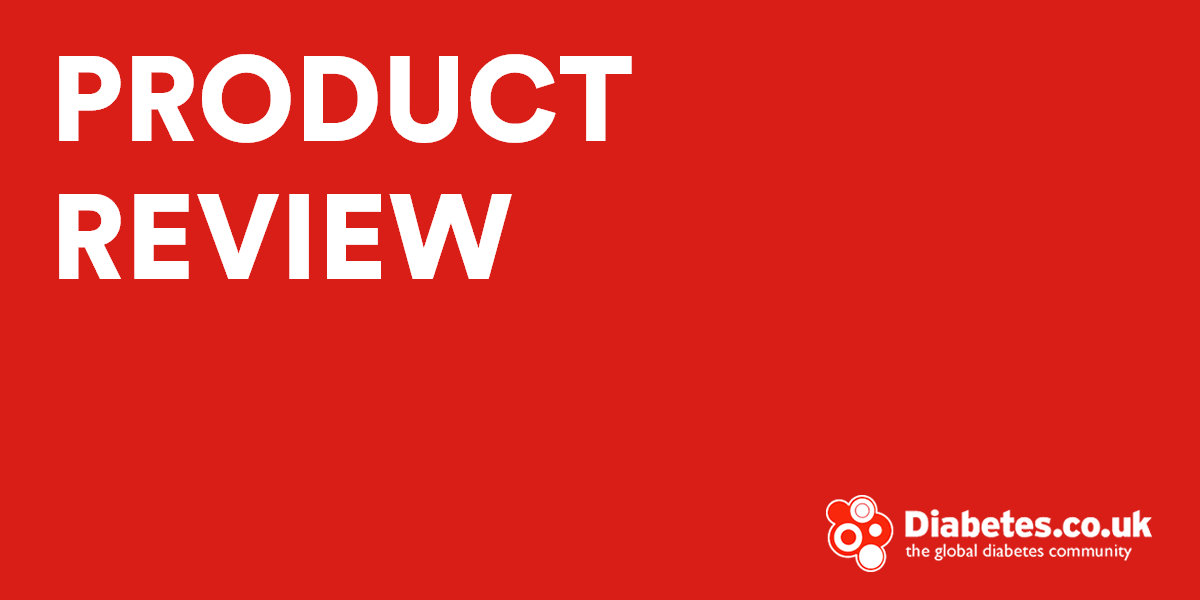There is no doubt that computers have a role to play in healthcare, and using computers to help manage diabetes is becoming increasingly common.
One way in which computers and connectivity can help people with diabetes is using data management systems.
Usually, data management systems are simple programs that automatically or manually let you log data such as blood glucose levels This data can then be displayed as a graph to identify trends, or even showed/sent to a healthcare professional to help manage diabetes.
What diabetes data management systems are available?
Many blood glucose meters now come with diabetes management software pre-loaded. For instance, with the Bayer Contour USB it is simply a matter of plugging your meter directly into your computer. Other data management systems such as MyLifestyle allow patients with any meter to manually upload a variety of health information, including blood glucose levels.
Almost all blood glucose companies now provide diabetes management software, much of which is available to download for free. Diabetes management software includes the SLdiary by Sinovo, Compass by Accu-Chek, OneTouch diabetes management software from Lifescan, Smartpix.
Recently, a number of bespoke products and phone applications have emerged, including Glucose Buddy, Diabetes Diary and Diamedic.
So, should I use a data management system to help manage my diabetes?
Using a data management system is down to the individual. Some people with diabetes find that they are particularly effective for managing diabetes, particularly for looking at long-term blood glucose averages and comparing these with diet and exercise patterns.
- If you can find a diabetes management system that you feel comfortable using, and helps you to control your blood glucose system, please share your finding with the diabetes community
What does the community have to say?
- JamesHallam : I use Glucose Buddy on my ipod touch to track my blood glucose, insulin, food and exercise. It has a website which you can upload you data to, and this produces a number of graphs and averages and even calculates an estimate of you HbAC1. I email myself the logs from Glucose Buddy every month and also track them in my own spreadsheet. It started of quite simple but has grown and now does a number of things.
- Fergus : So far I found most management software promises a lot, but fails to deliver…
- Fergus : I now I tend to use it much less often than before. I grew more confident and also more lazy, the data input became a chore and if left more than a day or too, it obviously became less accurate and less useful. Now I use it every now and then, if changing basals or if blood glucose levels become less predictable, or when I’m raising my levels of exercise. I’m also more selective about what data only putting in what I actually need.
- Dragongirl : I looked at what was available for the Aviva Nano and then set my husband to write a simple Excel spreadsheet on which to list food, amount eaten and carbs consumed, plus all the totals and graph outputs – only for the things I needed. I filled this in for 12 weeks including showing the GP and then ditched it for a simple list in a simple notebook, which addresses day-to-day stuff.
- Fergus : Another negative point is that it seems every meter has its own software specifically for that meter and I feel a unified software package instantly usable by healthcare professionals would be more use as my diabetes nurse’s eyes seem to glaze over when I show her my print outs so she obviously doesn’t really know what she is looking at. Surely it wouldn’t be too hard to write a program that would upload data from a variety of meters and display the information in a uniform fashion so patients and HCP would instantly know what they were looking at?





